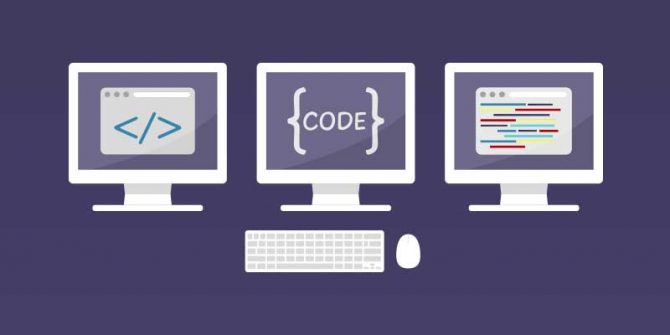Best Cross-Platform Mobile App Development Tools
A crucial aspect of creating a successful app is choosing the right app development tools.But when you’re trying to determine which tool is best, there are certain aspects that play a big role.
The platform you want to create also determines which types of tools you can use. Depending on whether you’re designing for Apple or Android, you can use different software.
For instance, if your app is designed specifically for the Google Play Store, you’ll even use Android Studio for development. While other Xcode is used for applications for iOS,
Modern development framework technology, however, ensures that you can build simultaneously on both platforms.
For developers, this makes it much simpler, because you would not have to go through the same process twice on two different platforms.
How do you choose the one that’s right?
To choose from, there are so many different options. Which ones is the best can be difficult to pick.
There are four primary parameters that could impact your decision.
• Speed Considerations
• App Support
• Risk of Framework
• Development Changes
When you evaluate cross platform development tools, you have to take these factors into consideration.
-
Titanium
Appcelerator Titanium is one of the best options available. Using Javascript, the Titanium SDK works. Their framework makes it very easy for both iOS and Android to build native apps for you.
For all of your apps, it helps you to reuse between 60% and 90% of the same code.
This characteristic is an immense time saver. You know how much time and effort it takes to code from scratch for those of the developers out there who have been through the coding process before.
Appcelerator Titanium is such a common choice because of the opportunity to get a head start and have more than half of the code already completed.
2. Cocos2d
You might want to consider using Cocos2d as your cross-platform development tool if you are creating an app that is for a two-dimensional game.
It is also an open source platform. So there are still improvements and modifications made by other developers to it.You have the option pick between five different platforms or forks to build with if you’re using this tool.
3. Unity3d
Let’s remain with the theme of gaming here. If you’re creating a game, Unity3d is another choice that you should consider.
The reason why this tool for cross-platform development is so prominent is that the graphics are totally amazing. It is so great that more than just a mobile app could be used for.
You have the option to develop the game to 17 platforms after you create the code using Boo, C#, or UnityScript. Many of the other top ones include:
You will use the Unity3d platform to help you deliver it to all of the stores after your game is finished and running on all of the various platforms that you have chosen.
-
PhoneGap
Adobe owns PhoneGap. So, if you’re familiar with other products from Adobe, you know how convenient and easy they are to use. One of the best aspects of this programming tool for cross-platforms is that it is free to use. Translating code from CSS, JavaScript, and HTML5 is simple.
If you’re creating an app as a developer for the first time, this is one of the best options to use. PhoneGap manages all of the software development kits, so you don’t have to think about handling this. They make it super easy for you to share it with the other members of your team after you finish creating the app.
This role allows you to communicate with others so that your app can be continually improved.
5. Sencha
To build your apps with Sencha, you’ll use HTML5. They have lots of products, but the key one is Ext Js 5 for developers. The reason why developers like it is that it fits well with multiple platforms and devices.
So, if you’re using Sencha, it’s easier to collaborate with a variety of team members, no matter where you are.
Conclusion
One of the most important aspects of developing your app is selecting the right platform on which to create.
But you’ve got the opportunity to create a mobile cross-platform app now. This helps you to quickly and efficiently draw on both iOS and Android users’ massive audiences.
So you won’t have to worry about isolating those groups, and you’re not pushed to develop for just one platform.









